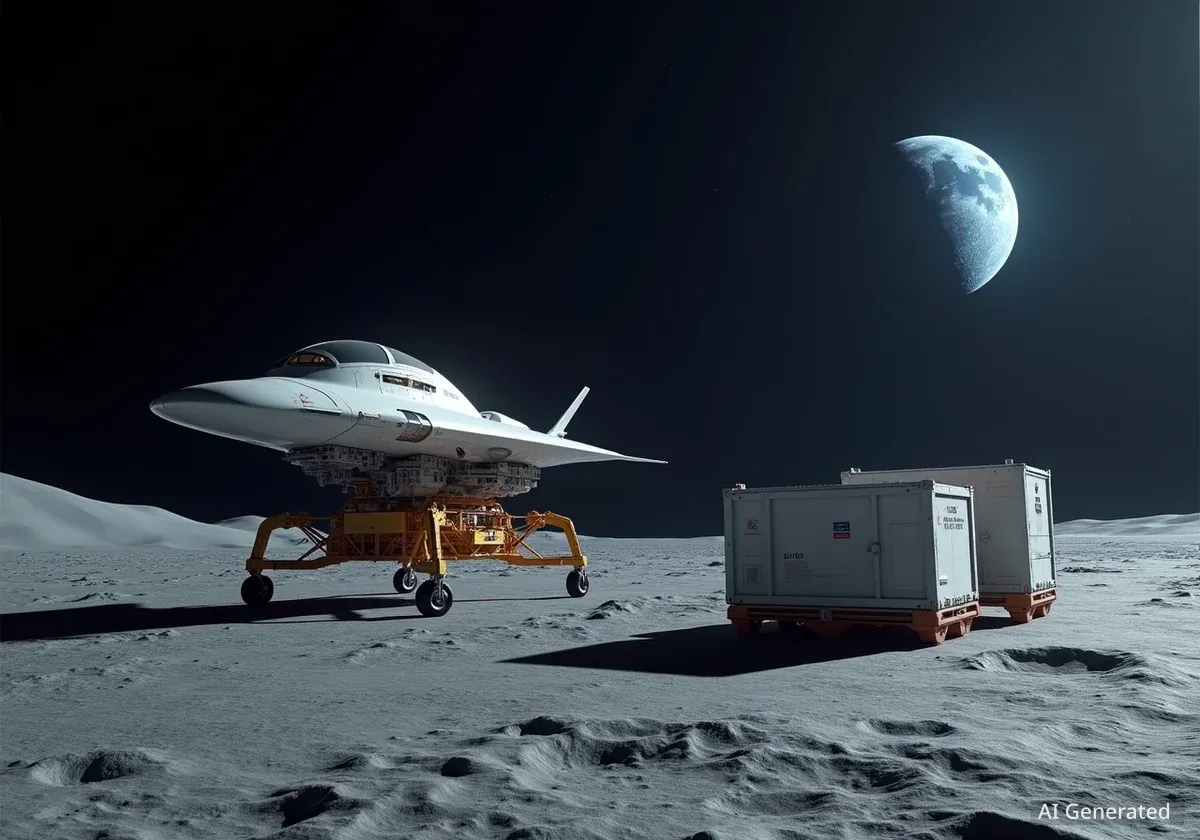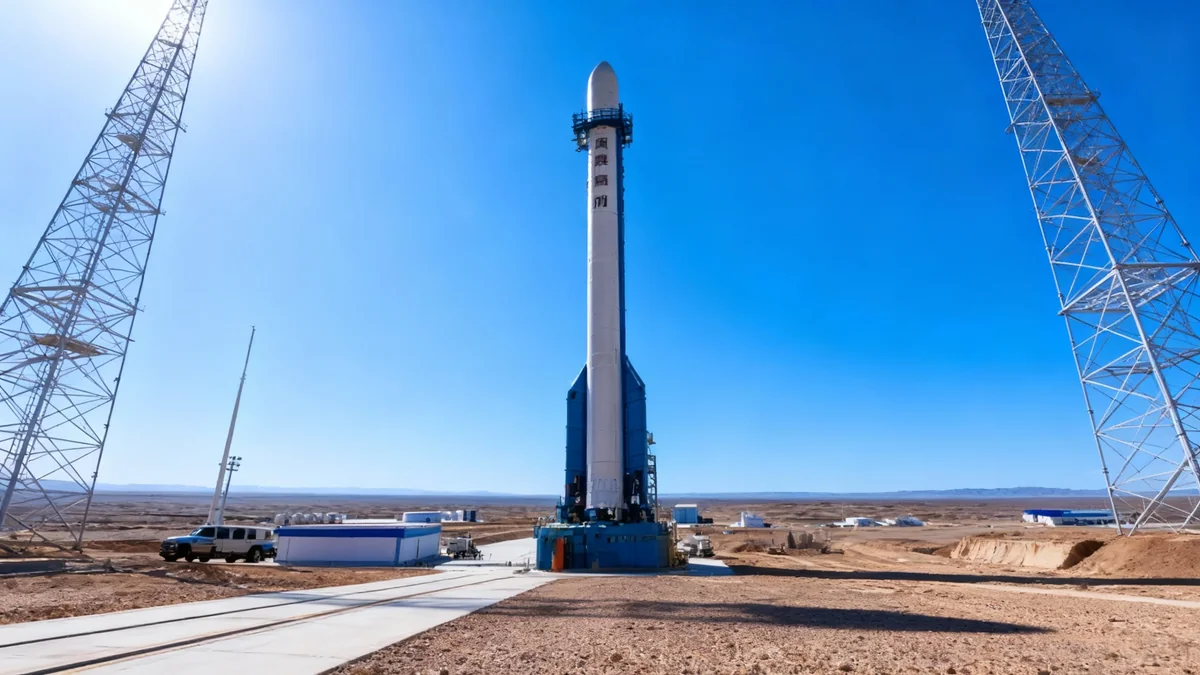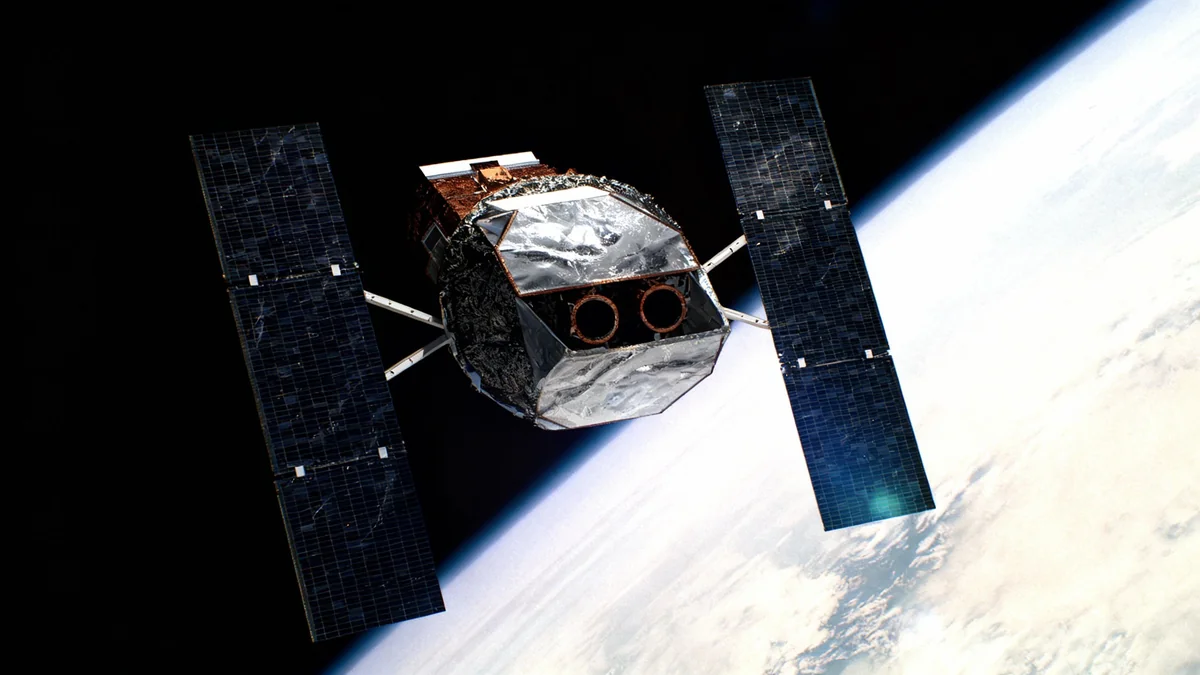In-space propulsion company Impulse Space has officially announced its expansion into lunar logistics, unveiling plans for a cargo delivery service to the Moon. The company aims to begin regular missions in 2028, leveraging its existing space-proven technologies to meet growing demand for lunar access.
The new service will utilize the company's Helios kick stage, originally designed for missions to geosynchronous orbit, in combination with a newly developed lunar lander. This strategy is intended to provide a reliable and powerful transportation option for commercial and government customers looking to build infrastructure on the lunar surface.
Key Takeaways
- Impulse Space is launching a commercial lunar cargo delivery service with first missions planned for 2028.
- The service will use the company's existing Helios propulsion system and a new lunar lander.
- The initial goal is to deliver approximately six metric tons of hardware to the lunar surface in 2028 over two missions.
- The company is expanding its workforce and production capacity, supported by a recent $300 million funding round.
From Earth Orbit to the Lunar Surface
Impulse Space is extending its operational reach beyond its current focus on Low Earth Orbit (LEO) and Geosynchronous Orbit (GEO). The company's core business involves using its Helios propulsion system, or "kick stage," to move customer satellites from LEO to their final orbits, a service set to begin its first mission next year.
The newly announced lunar service is a direct extension of this capability. Instead of deploying payloads in Earth orbit, the Helios vehicle will transport an Impulse-designed lander carrying customer cargo all the way to the Moon.
"This has really always been a part of the plan," Eric Romo, President and COO of Impulse Space, told Payload. He explained that the Helios system was designed with versatility in mind, allowing the company to serve one market while applying the same core technology to other destinations, such as the Moon.
This strategic pivot allows Impulse to capitalize on the increasing interest in lunar exploration and settlement from both government agencies like NASA and a growing number of private companies.
What is a Kick Stage?
A kick stage, like Impulse Space's Helios, is essentially a space tug. After a primary launch vehicle (like a Falcon 9) delivers it and its payload to an initial orbit, the kick stage uses its own engine to perform further maneuvers. This allows it to move satellites to more precise or higher-energy orbits, such as GEO or, in this case, a trajectory to the Moon.
Leveraging Proven Technology for Rapid Development
A key element of Impulse Space's strategy is the reliance on technology that has already been developed and tested in space. The company is confident it can meet its ambitious 2028 timeline by adapting existing systems rather than starting from scratch.
The new lunar lander will feature thruster technology similar to that used on the company's Mira orbital vehicle. According to CEO Tom Mueller, this technology is already well-suited for the complex demands of a lunar landing.
Key Engine Capabilities
- Throttleable: The engine's thrust can be adjusted in real-time, which is essential for slowing down and achieving a soft, controlled landing on the lunar surface.
- Restartable: The engine can be shut down and restarted multiple times, allowing for precise orbital corrections and descent maneuvers.
- Storable Propellants: It uses stable, non-cryogenic fuels that can be stored for long durations during the multi-day transit to the Moon without boiling off.
By reusing these proven components, Impulse aims to replicate the rapid development cycle of its Mira spacecraft, which progressed from a concept to an operational vehicle in less than 15 months.
Ambitious Payload Goals for Lunar Infrastructure
Impulse Space has set a significant target for its first year of lunar operations. The company expects the Helios and lander combination to be capable of delivering a total of approximately six metric tons (6,000 kg) of hardware to the Moon's surface across two separate missions in 2028.
A six-ton payload capacity is substantial for lunar delivery. For comparison, the entire Apollo Lunar Module, which carried two astronauts and their equipment, had a mass of about 15-16 metric tons, with a significant portion being propellant.
This heavy-lift capability is critical for the next phase of lunar exploration, which focuses on building sustainable infrastructure like habitats, power stations, and scientific outposts.
"If your North Star is a human presence on the Moon, you need tons—you need multiple tons," Romo stated. He emphasized the economic efficiency of their approach: "Using an upper stage like Helios allows you to get a lot more mass off of the same launch vehicle."
By offering this service by 2028, Impulse Space aims to provide a vital logistics pathway for customers before even larger systems, such as SpaceX's Starship, become fully operational for routine lunar missions.
Company Expansion and Future Outlook
To support its lunar ambitions, Impulse Space is undergoing significant expansion. The company recently secured a $300 million Series C funding round in June, which is being invested directly into scaling up its production capabilities for the Helios kick stages.
The company's workforce is also growing to meet the engineering and manufacturing demands of the new program. Romo indicated that he expects the employee count to increase from its current level of 300 to more than 400 people.
This investment in personnel and infrastructure signals the company's serious commitment to becoming a major player in the emerging cislunar economy. By establishing a reliable and frequent cargo service, Impulse Space is positioning itself as a foundational element of the supply chain needed to support long-term human and robotic activity on the Moon.





